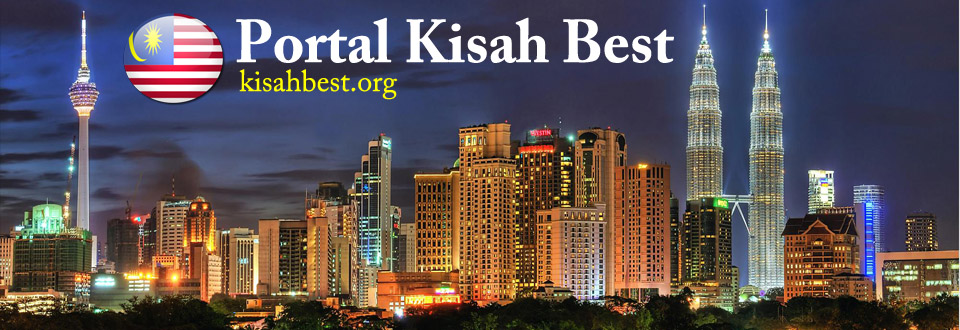Notable Figures in Malaysia’s Cultural History: From P. Ramlee to Tan Twan Eng
September 21, 2023
Malaysia, with its rich cultural heritage and diverse population, has produced many notable figures who have left an indelible mark on its history. From legendary actors to renowned writers, these individuals have contributed immensely to Malaysia’s arts and culture scene. In this blog post, we will explore some of the notable figures in Malaysia’s cultural history, celebrating their achievements and understanding their lasting legacy.
Introduction: A Tapestry of Arts and Culture
Malaysia, a vibrant and multiethnic country located in Southeast Asia, is a melting pot of cultures, traditions, and languages. This diversity is reflected in its arts and culture, which have been shaped by various influences over the centuries. From the indigenous communities to the Chinese, Indian, and Malay populations, Malaysia’s cultural history is a tapestry that weaves together many threads.
P. Ramlee: The Evergreen Icon of Malaysian Cinema
No conversation about Malaysia’s cultural history would be complete without mentioning P. Ramlee. Hailed as one of the greatest actors and filmmakers in Malaysian history, P. Ramlee’s contributions to the country’s cinematic landscape are unparalleled. Born Teuku Zakaria bin Teuku Nyak Puteh in 1929, he starred in over 60 films and directed 33 movies during his career. P. Ramlee’s talents extended beyond acting and directing; he was also an accomplished songwriter, composer, and singer. His enduring songs, such as “Getaran Jiwa” and “Di Mana Kan Ku Cari Ganti,” continue to resonate with Malaysians to this day. The impact of his work is so significant that the Malaysian film industry’s highest honor, the P. Ramlee Memorial Award, is named after him.
Usman Awang: The Voice of Malay Poetry
In the realm of literature, Usman Awang is regarded as one of Malaysia’s most influential poets. Born in 1929 in Nibong Tebal, Penang, Usman Awang’s literary contributions have become an integral part of the Malay language’s contemporary poetic tradition. His works often explore themes of love, patriotism, and social issues, resonating with readers across generations. Some of his well-known works include “Salina,” “Kenangan Bersama Rhododendron,” and “Di Bawah Lindungan Ka’bah,” which was adapted into a film. Usman Awang’s dedication to the arts and his poignant poetry have earned him numerous accolades, solidifying his place in Malaysia’s cultural history.
Dato’ Seri Dr. Siti Nurhaliza: Malaysia’s Beloved Songstress
Moving into the realm of contemporary music, Dato’ Seri Dr. Siti Nurhaliza stands as one of Malaysia’s most beloved and influential musical figures. Born in 1979, Siti Nurhaliza rose to fame in the late 1990s and has since become an iconic figure in the Malaysian music industry. Her melodious voice, coupled with her versatility in various musical genres, has won the hearts of millions around the globe. Siti Nurhaliza has released numerous hit songs, such as “Bukan Cinta Biasa” and “Mikraj Cinta,” and has received an array of accolades, including multiple regional and international music awards. Beyond her music career, Siti Nurhaliza is also known for her philanthropic work and contributions to the fashion industry.
Tan Twan Eng: A Literary Gem
Tan Twan Eng, an award-winning Malaysian author, has garnered international recognition for his beautifully crafted novels. Born in Penang in 1972, Tan Twan Eng left an enduring mark on Malaysia’s literary landscape with his critically acclaimed works. His debut novel, “The Gift of Rain,” received widespread acclaim and was longlisted for the prestigious Man Booker Prize in 2007. Tan Twan Eng’s subsequent novel, “The Garden of Evening Mists,” further established his literary prowess, ultimately earning him the Man Asian Literary Prize in 2012. His elegant prose and ability to capture the intricacies of Malaysian history and culture have made him one of Malaysia’s most esteemed contemporary writers.
Conclusion: Honoring Malaysia’s Cultural Icons
As we conclude our exploration of notable figures in Malaysia’s cultural history, it becomes evident that the country has been blessed with an array of talented individuals from various artistic disciplines. P. Ramlee’s timeless contributions to cinema, Usman Awang’s powerful poetry, Dato’ Seri Dr. Siti Nurhaliza’s melodic voice, and Tan Twan Eng’s literary brilliance serve as reminders of Malaysia’s rich artistic heritage. These individuals represent the tapestry of Malaysia’s cultural history, and their legacies continue to inspire and shape the future generations of artists and creatives.
Frequently Asked Questions (FAQ):
- Can I watch P. Ramlee’s movies today?
-
Yes, P. Ramlee’s movies are still available and cherished by Malaysians. You can find his films on various online platforms, DVD collections, or even watch them during special screenings organized by film societies and cultural events.
-
What are some other famous poems written by Usman Awang?
-
Usman Awang wrote numerous impactful poems. Some of his other famous works include “Aku Mau,” “Kenapa Kau Jadi Begini,” and “Hidupan Baru.”
-
Is Dato’ Seri Dr. Siti Nurhaliza’s music only popular in Malaysia?
-
While Dato’ Seri Dr. Siti Nurhaliza rose to fame in Malaysia, her music has resonated with audiences beyond the country. She has a significant following in Southeast Asia and has also performed in various international concerts.
-
What are some other renowned authors from Malaysia?
-
Apart from Tan Twan Eng, Malaysia has produced many other notable authors. Among them are Tash Aw, Faisal Tehrani, and Preeta Samarasan, each known for their unique literary contributions.
-
Did Tan Twan Eng write any other novels?
- Alongside “The Gift of Rain” and “The Garden of Evening Mists,” Tan Twan Eng also penned “The Straits of Malacca,” a collection of short stories that further showcases his exceptional storytelling abilities.

